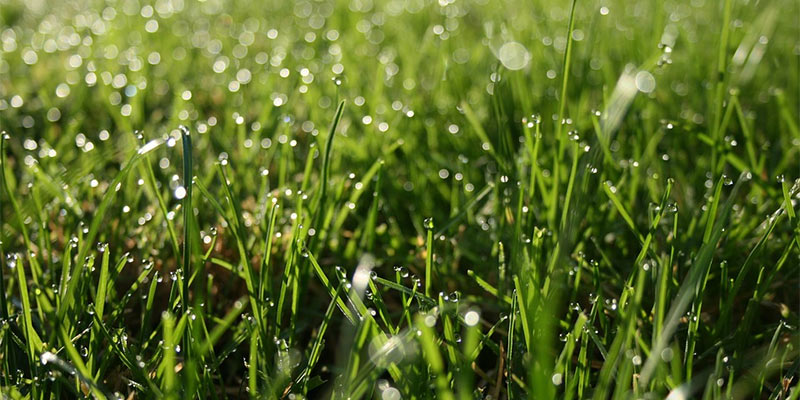
We all take pride in our lawns. We want to make it a beautiful and functional space that provides enjoyment and encourages the whole family to spend time together outdoors.
Of course, none of this is possible without a healthy lawn. Lawn care is a very complicated process. It begins with good choices about the establishment, like quality perennial ryegrass seeds for a thick stand of healthy grass. But it takes far more than just a good job of seeding to create a healthy lawn.
Spring is the time for some weed control and limited fertilization, but most people are happy with how things go in the spring because lawns are generally nice and green, with lush growth and thick coverage. It’s the summertime when it gets tougher. There are some basic things about summer lawn care we should all be aware of, but let’s dig a little deeper into them.
Don’t Mow Too Short!
Mowing height is essential. You really can’t leave it too tall, especially in the summer. However, you can’t afford to cut it too short, either. When we’re heading out of town or expecting rain, it can be tempting to lower the deck and mow a little shorter, but that’s a bad idea.
In addition to permitting sunlight to dry the soil more quickly, very short grass struggles to recover from mowing and to survive in hot conditions. That’s because most of the energy used by the grass is created in the lowest portion of the stem. If you cut the grass too short, those areas are taken away, and the grass can have difficulty building new blades.
Water Correctly
Speaking of the plant’s ability to support itself, you should be very attentive to root health. Summertime watering can help keep the grass going, but if you water lightly every day, you will not help the roots. They will instead branch out at a very shallow depth, leaving them too shallow to access additional water if you skip a day of irrigation–or if your community forces you to stop.
A thorough watering on a weekly basis will force the plants to develop deep roots that will sustain it if water is not added again. Excessive watering can actually hurt grass by fostering the growth of fungal diseases. It can also cause the soil to become more compacted, interfering with root growth.
Manage Pet Behavior
As important as our cats and dogs are as companions, they can also be tough on the landscape. Dogs, in particular, are notorious for marking their territory, and repeated episodes of this can be tough on grass.
However, other pet activities can be detrimental to your lawn. If your pet has a kennel or house in the yard, relocate it frequently. Their paw traffic in the immediate area will scrub out the grass and allow weeds to take over (or just leave bare dirt). If you have a fence, your pet may enthusiastically run along it, trying to see or hear what’s on the other side. Break up that path with movable obstructions like a flower pot on a low stand–something that will force the dog to walk around it without killing more grass than it saves.
Fertilize Correctly
Not only is it important to fertilize at the right time of year and with the right type of fertilizer, it’s also helpful to do a little passive fertilizing.
By that, we mean to take steps like mulching. Removing grass clippings from a yard also removes the nutrients that grew that grass. You can prevent that loss with a mulching mower that finely shreds the clippings and blows them downward toward the soil surface.
Lawn care involves so much more than simply mowing it once a week. Sure, it’s important to mow it (correctly), but it’s also critical that you deal with watering, pets, and fertilizer in a way that is beneficial to the overall health of the lawn. Once you get those steps in place, you’ll be able to keep your lawn at top health and appearance.
